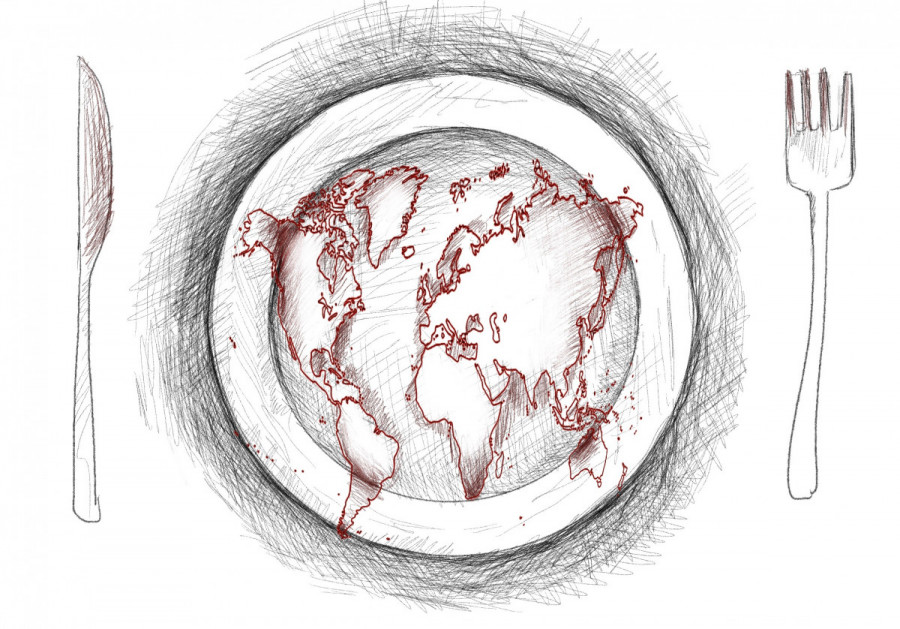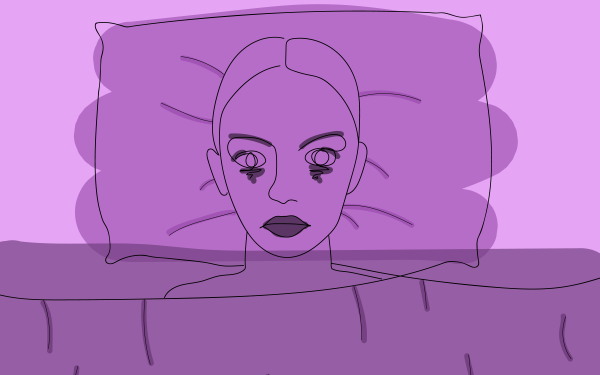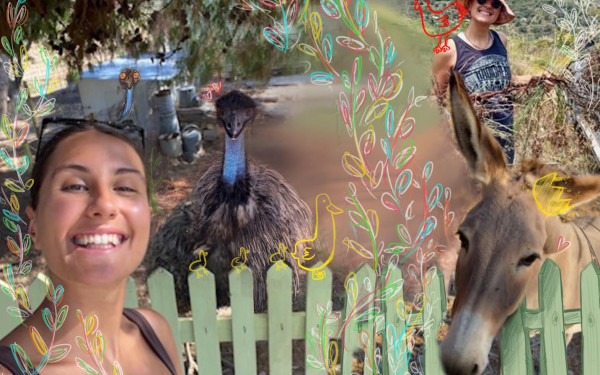Understanding eating disorders in BIPOC communities
Dieticians say people of colour with eating disorders are half as likely to be diagnosed or receive treatment
At one point during her anorexia recovery, Stephanie Ng texted her nutritionist to ask how a specific dim sum fit into her meal plan. Her nutritionist didn’t have an exact answer and told her to eat the dim sum regardless, to lean on the side of abundance to help her recovery.
“That was like, a nightmare for me to hear because I’m like, ‘I need to know how that fits into the prescribed meal plan that you’ve made.’” Ng says.
Although BIPOC people develop eating disorders at nearly the same rate as white people, they are half as likely to be diagnosed and significantly less likely to be screened for symptoms. Eating disorders are extremely dangerous psychological and physical afflictions — anorexia nervosa is, after all, the most deadly mental illness — but stigma often prevents BIPOC people from receiving the treatment they urgently need. Those who can access treatment often find it lacks cultural competency.
“Personally, I’ve tried to look for a therapist for myself who is of Asian descent and I could count the number of people I’ve found in Quebec on my hands,” says Jamie Lee, a registered dietitian at the Sööma clinic in Montreal.
“There are a lot of people who come see me. Specifically because I might know their food more,” Lee says.
Sööma is one of Montreal’s two dietary clinics specializing in eating recovery. Lee has been with Sööma since the clininc’s opening four years ago.
“I was the first one hired. It was just me and my boss,” Lee says. “Now we’re a group of seven dietitians. So it really grew a lot over the last three, four years.”
In retrospect, Sööma’s growth is predictable —opening a dietary clinic in 2019 is akin to opening an engineering firm the day before an earthquake. Between March 2020 and December 2022 there were more than double the predicted ER visits for eating disorders, per a 2023 Canadian Medical Association Journal report. In-patient Canadian hospital stays for eating disorders increased by nearly 60 per cent among adolescent girls over the same period, according to the Canadian Institute for Health Information. Those patients needed dietary plans, and to be guided through the refeeding process.
“A lot of people think directly to a psychologist to help with eating disorders,” Lee says. However, renourishing the brain is often a precursor to genuine psychological progress.
Eating disorder recovery is often difficult and sometimes life-threatening. According to data from the South Carolina Department of Mental Health, approximately five per cent of patients with anorexia will die within four years of their diagnosis. That rate increases to about ten per cent after ten years and about 20 per cent after 20 years, according to the organization Eating Disorder Hope.
Lee compares the recovery process to climbing a mountain, with the dietitian acting as a guide.
“I can see your mountain, so I know, like, ‘Oh, put your left foot here and put your right there,’” she says. “We work at the pace that the client works at.”
Lee and her colleagues repeatedly reinforce that, as emotionally and physically difficult as treatment can be, patients who don’t fit the stereotypical image of an eating disorder are often overlooked.
“All the training that we’ve done (for nutrition interventions), it’s based off of studies that were done on white people.” — Jamie Lee
Elsa Chu is another dietitian at Sööma. Chu began her career working with athletes and competed on the winning team at the Canadian Ultimate Frisbee Championships in 2018.
“BIPOC people in general are a lot less likely to be asked about eating disorder symptoms. The big stereotype with eating disorders is that we think of a thin white woman,” Chu says. She warns that anyone who doesn’t fit the stereotype has a good chance of being overlooked.
“BIPOC people with eating disorders are half as likely to be diagnosed or to receive treatment,” Chu says.
According to Eating Disorder Hope, 20 per cent of untreated eating disorders result in death.
This is an issue with a lot at stake.
For BIPOC people who are able to seek treatment, there is yet another obstacle: the unlikelihood of finding treatment that sees and suits them.
Ng recalls telling her college therapist that she didn’t know how to say no to her mom when they had disagreements over food.
“My therapist was like, ‘Just tell her,’ and I was like ‘I can’t.’” Ng says. “It doesn’t work that way, you can’t say that stuff to your mom.”
Chu also says that eating disorder symptoms can be misdiagnosed and misunderstood based on a patient’s cultural background.
“So, for example, Hispanics and Asians are more predisposed to diabetes and insulin resistance,” Chu says. “It may not be necessarily right off the bat an eating disorder thing, it might be a predisposition just because of where they're from.”
“All the training that we’ve done (for nutrition interventions), it’s based off of studies that were done on white people,” Lee says.
For example: “In East Asian cultures, dairy and wheat are much less of a thing than they are here, and those tend to be foods we recommend a lot in Eurocentric approaches,” Chu says.
Ng experienced that exact challenge firsthand when she began anorexia treatment as a preteen in Hong Kong. Her recovery was centered around Eurocentric foods, and that lack of cultural sensitivity just made the process harder.
When Ng was studying in America, she founded the organization Body Banter as a platform for youth to have difficult conversations about body image and mental health. When she returned to Hong Kong, she realized Body Banter’s efforts were even more necessary there.
“What happens in public hospitals in Hong Kong is that there is minimal to no psychological support. Your physical body is seen as the main problem,” Ng describes. “And that’s all that gets addressed.”
For those who couldn’t afford professional psychological help, or who weren’t ready for it, Body Banter became a solution.
Ng says one of Body Banter’s biggest powers is giving people the language to understand their feelings and talk them through. She describes being unable to explain her emotions to a therapist,
simply because she didn’t have the words. Her world opened up when psychology classes gave her the language to make sense of it. She finds youth with more nuanced language to discuss body image allows them to have more informed conversations and to develop more comprehensive understandings of their experiences.
“Helping our profession become more culturally competent is just having more access to this information, more awareness,” Chu says. “We can't fault people for not knowing a culture that is not their own.”
Having an open-minded approach is what Chu classifies as the key to recovery. “Collaborating and gently modifying through cooperation,” Chu adds.


_600_832_s.png)




_600_375_90_s_c1.jpg)